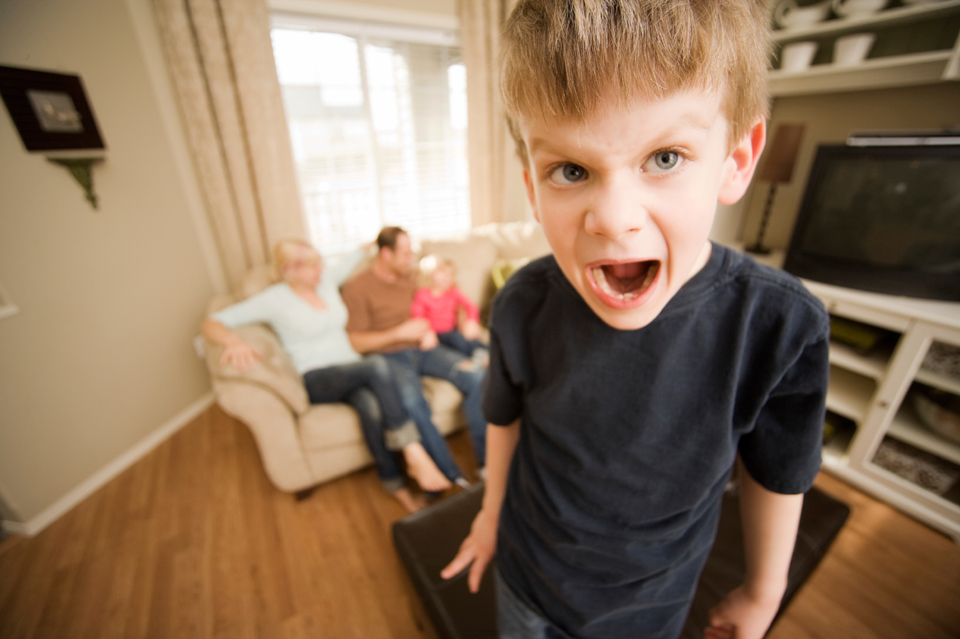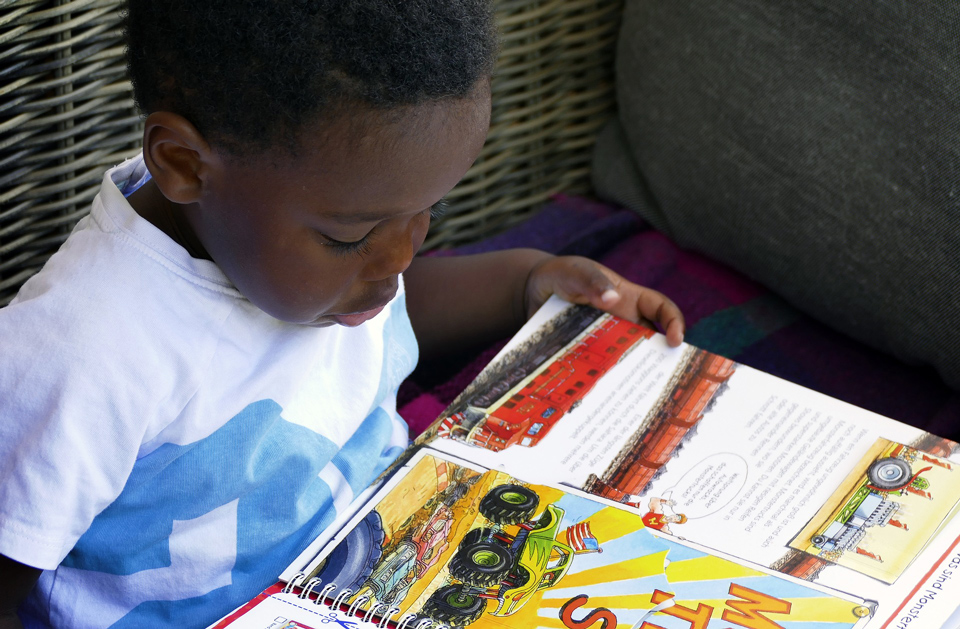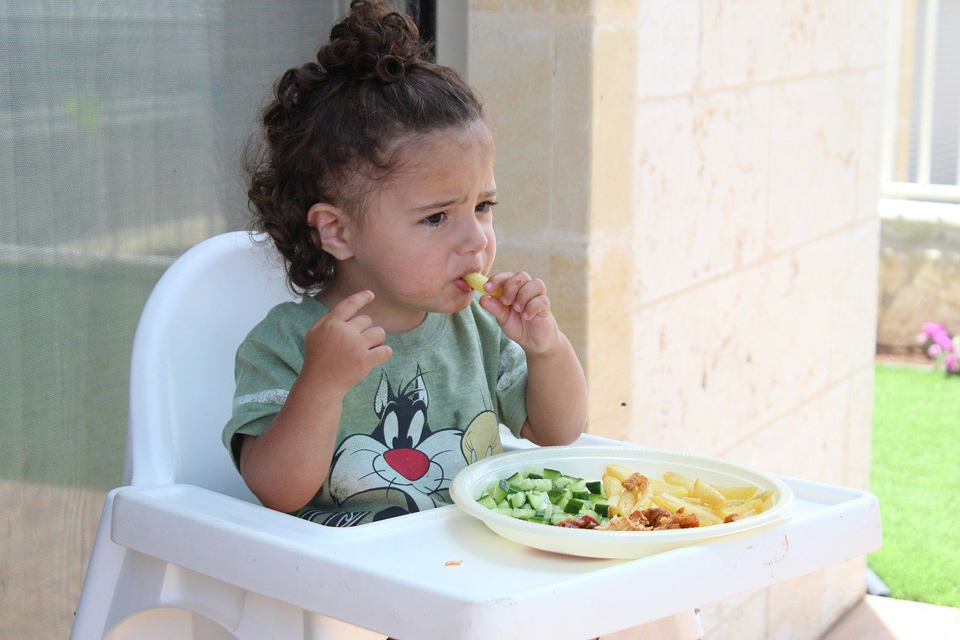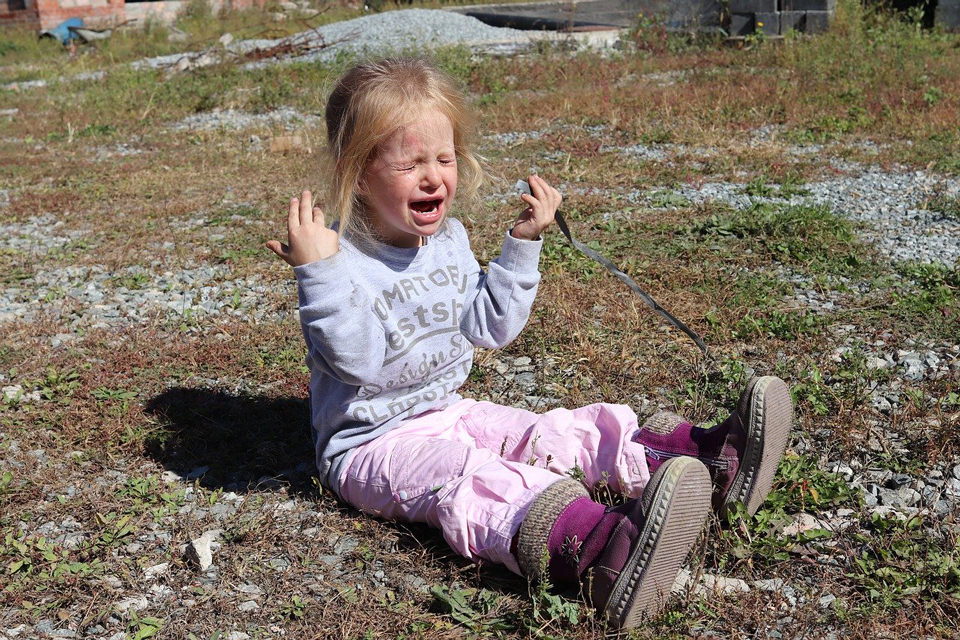Overexcitabilities / Hypersensitivities in Children with High Learning Potential

One way of understanding some of the characteristics of individuals with high learning potential is to look at their ‘hypersensitivities’ or ‘overexcitabilities’. The term overexcitabilities, sometimes referred to as OEs, comes from the Theory of Positive Disintegration, a personality development theory, which was developed by Kazimierz Dabrowski – Polish Psychologist and Psychiatrist (1902-1980).
In developing and researching his theory, Dabrowski found that people with advanced emotional development, including advanced moral development, had a set of traits which he termed ‘Overexcitabilities’, or hypersensitivities. It is characterised by an innate tendency to respond in an intensified manner to various forms of stimuli, both external and internal and could also be termed ‘spirited’. Having overexcitabilities means that life is experienced in a manner that is deeper, more vivid and more acutely sensed.
Dabrowski researched his theory with a group of 50 gifted young people aged between 8 and 23 years. He found that all of them had overexcitabilities. He also found that many of them had depression or anxieties and concluded that:
“Probably the cause is more than average sensitivity which not only permits one to achieve outstanding results in learning and work, but at the same time increases the number of points sensitive to all experiences that may accelerate anomalous reactions revealing themselves in psychoneurotic sets“
Further research done on this topic has confirmed this finding and research is still being done today.
More information about hypersensitivities is available on our advice sheet PA610 Hypersensitivity (Dabrowski’s Overexcitabilities)
Dabrowski observed 5 Hypersensitivities – Psychomotor, Intellectual, Sensual, Emotional, Imaginational

Psychomotor – movement, restlessness, activity & energy
Psychomotor hypersensitivity/overexcitability is an enhanced excitability of the neuromuscular system. It is characterised by a surplus of energy, being busy and restless, having rapid speech and gestures with whole body.
There is often intense physical activity, though not necessarily ability in this area, meaning that it may or may not be accompanied by poor physical coordination. Individuals with psychomotor overexcitability are often prone to fidgeting and fiddling.
Behaviours associated with psychomotor hypersensitivity are:
- Compulsive talking and chattering
- Impulsive actions
- Nervous habits (tics, nail biting)
- Compulsive working
- Acting out
For an individual with this hypersensitivity, there is a high risk of ADHD misdiagnosis. However, presuming issues that are affecting a child’s daily functioning can be solely explained by psychomotor overexcitability could stop that individual getting support for the difficulty, therefore it is important to explore all avenues.
Find out more about supporting children with psychomotor overexcitability in our advice sheet PA611 HLP and Active (Psychomotor Overexcitability) and the blog Overexcitabilities: Psychomotor Overexcitability

Intellectual – thirst for knowledge, discovery, questioning, love of ideas & search for truth
Intellectual hypersensitivity is an intensified activity of the mind. It is characterised by curiosity, good concentration when interested, sustained intellectual effort on matters of interest, avid reading, keen observation and a search for truth and understanding.
Behaviours associated with intellectual overexcitability are:
- A reverence for logic
- Asking probing questions
- Self-criticism
- Existential questioning
- A preoccupation with theoretical problems
- Difficulty in learning to get the ‘right’ answer on tests
- A need to understand where new knowledge fits into current understanding
Find out about supporting children with intellectual hypersensitivity in our advice sheet PA612 Enthused About Learning (Intellectual Overexcitability) and read our blog Overexcitabilities: Intellectual Overexcitability

Sensual – enhanced refinement of sensory experiences
When the sensory aspects of life are heightened it is known as sensual hypersensitivity/overexcitability. A heightened awareness of one or all five senses: sight, smell, taste, touch, and hearing leads to sensitivity to sensory stimuli, whether distress from smells or loud noises, delight in beautiful objects, strong reactions to music, aesthetic interests, a need for comfort and an increased need to touch or be touched.
Behaviours associated with sensual overexcitability are:
- Strong reactions to stimuli
- Difficulty with discomfort
- Difficulty sleeping or getting to sleep
- Musical preferences and overwhelmed reactions
- Taste and smell sensitivity
For an individual with this overexcitability, there is a risk of a sensory processing disorder misdiagnosis. However, presuming that the issues that are affecting a young person’s daily functioning are solely due to sensual hypersensitivity, could stop that individual getting support for difficulties with sensory processing, therefore it is important to explore all avenues.
Find out about supporting children with sensual hypersensitivity in our blog Overexcitabilities: Sensual Overexcitability and help children with food aversion due to sensory issues with our advice sheet PA609 Sensory Food Aversion and High Learning Potential Children

Emotional – depth & intensity of emotional life, compassion & self-examination
When feelings and emotions are intensified it is know as emotional hypersensitivity/ overexcitability. It is characterised by extremes of emotion, having complex emotions, a perceptive identification of feelings in others, strong somatic expressions of feelings, strong attachments with others, and having an inner dialogue and self-judgement.
Behaviours associated with emotional hypersensitivity are:
- Fears, anxieties and depression
- Need for security
- Concern for the wellbeing of others
- Difficulty in adjusting to new environments
- A sense of responsibility
- Feelings of guilt
An individual with this hypersensitivity is at risk of misdiagnosis of mental health problems. However, presuming that the issues that are affecting a young person’s daily functioning are solely due to emotional hypersensitivity could stop that individual from getting support for the difficulties they are facing. When an individual is struggling with their feelings on a daily basis, counselling can help, therefore all avenues should be explored.
Find out about supporting children with emotional hypersensitivity through our advice sheet PA614 Emotional Hypersensitivity (Emotional Overexcitability) and read our blog Overexcitabilities: Emotional Overexcitability

Imaginational – vividness of imagery, richness of association, fantasies & invention
Imaginational hypersensitivity/ overexcitability is the capacity to visualise extremely well. It is characterised by having private worlds, being prone to invention and fantasy, having detailed visualisation abilities, recounting elaborate dreams, having pretend friends and having a tendency towards dramatisation.
Behaviours associated with imaginational overexcitability are:
- Intense living in worlds of fantasy
- Mixing of truth and fiction
- Being prone to nightmares
- Having fears of the unknown
- Imagining negative consequences
Find out about supporting children with imaginational hypersensitivity through our advice sheet PA615 Overactive Imagination (Imaginational Overexcitability) Advice Sheet and in our blog Overexcitabilities: Imaginational Overexcitability
